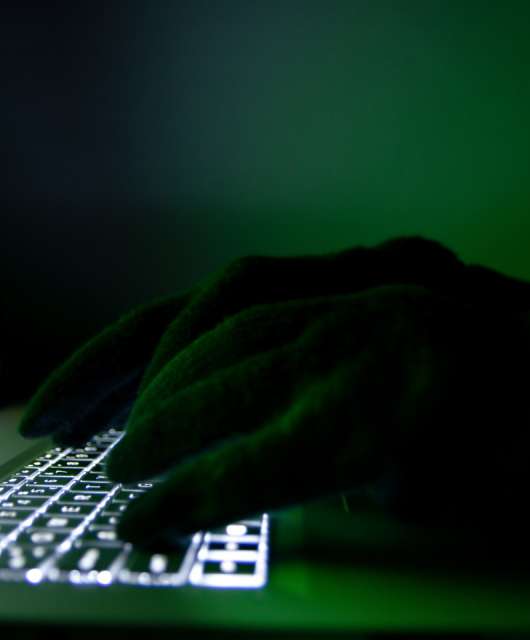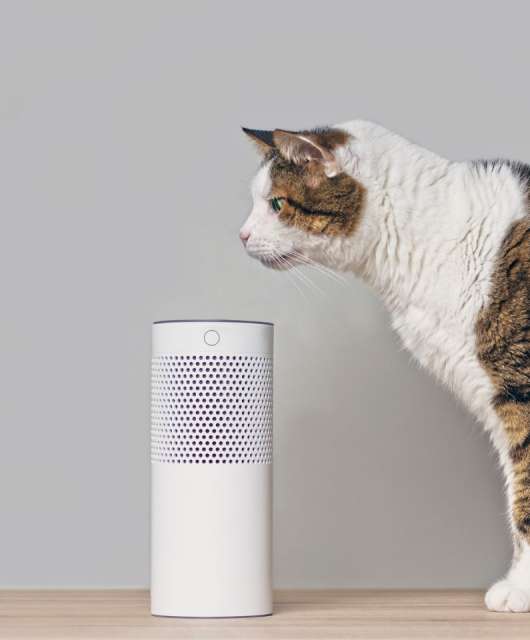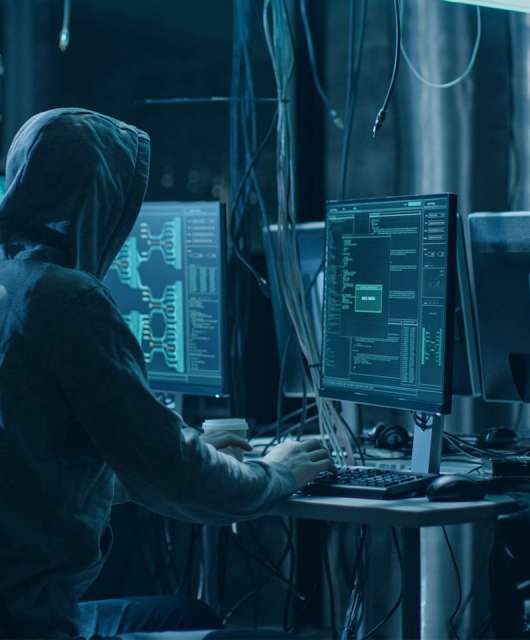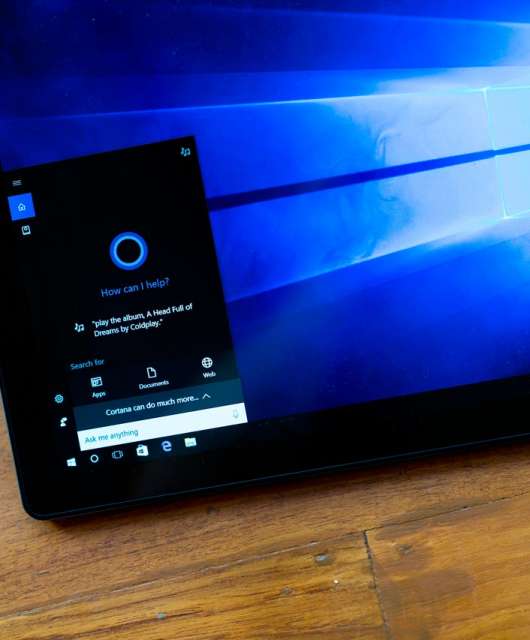Have you ever had someone tell you they’d pay you back in cryptocurrency, or they’d trade their newly minted NFT for your piece of digital artwork? While this may seem like an impractical or worthless trade, it may be the future of the goods market.
Cryptocurrency, Web3 and NFTs aren’t new inventions, even if they haven’t exactly hit the mainstream market yet. In fact, the first NFT was minted and sold in 2014, almost a decade before the market’s first burst of popularity. But what are NFTs, and why are they selling for millions of dollars?
In this guide, we’ll discuss what NFTs are, how they’re used and where they can be bought and sold.
What Are NFTs?
NFTs are non-fungible tokens, which are unique, one-of-a-kind digital tokens used to represent items, objects or other digital assets. NFTs can represent:
- Art pieces — both physical and digital
- Music
- Avatars
- Video highlights — including sports, award shows or other moving pictures
- GIFs
- Tweets
…and more. As long as it can be held in a digital space, it can be minted and sold as an NFT.
Additionally, these assets can be bought, sold or traded by their owners, and an NFT’s ownership is recorded inside each item’s blockchain. This guarantees that the owner’s item is legitimate, even if it is copied or duplicated.
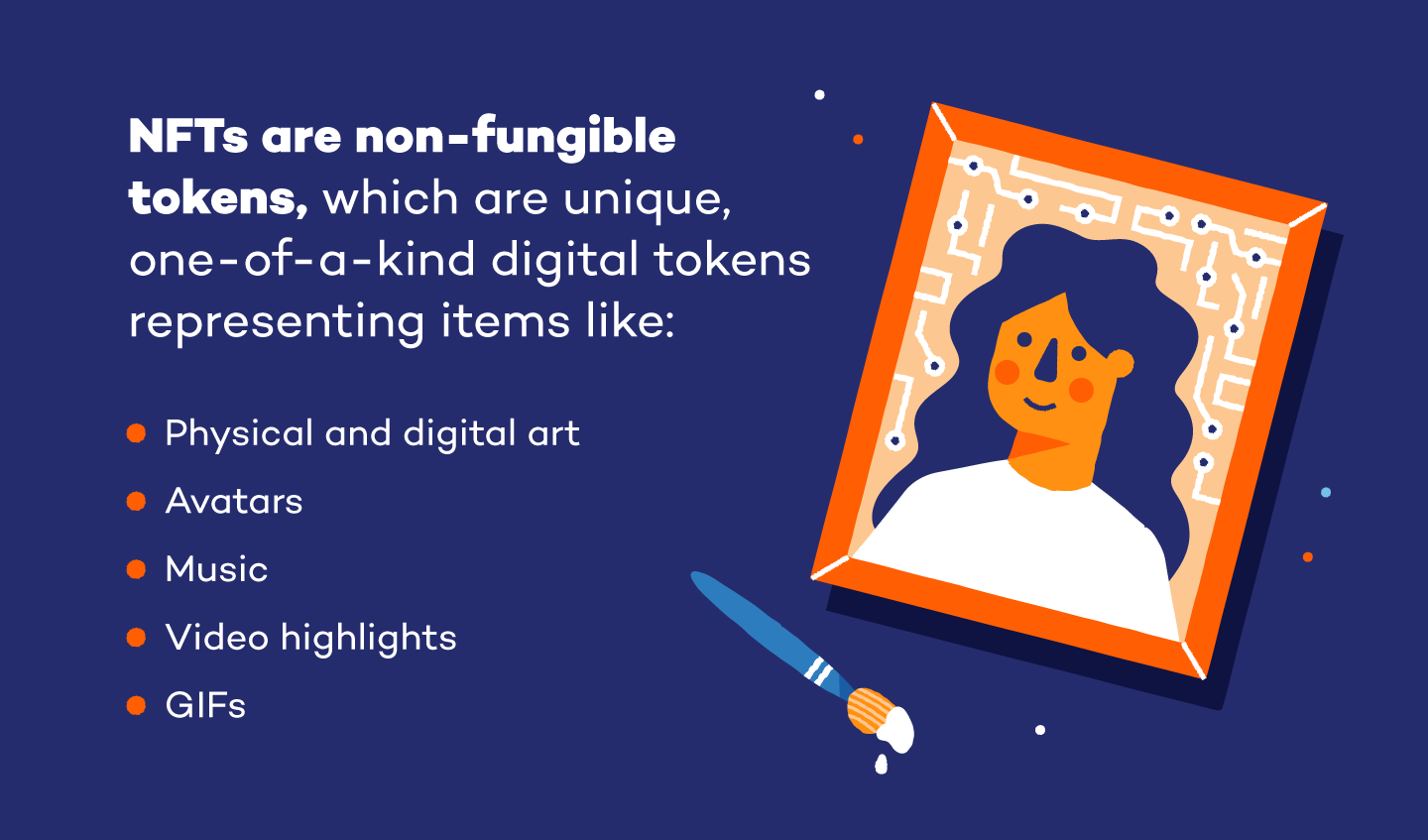
NFT terminology can be confusing, but there are some important terms you need to know if you are planning to step into the world of non-fungible tokens:
- Blockchain: A blockchain is a highly-secure database that notates the transactions of different items across a network. Information cannot be deleted or removed from a blockchain, so NFT ownership is protected within this public ledger.
- Cryptocurrency: Cryptocurrency, or crypto, is a form of digital money that can be used to buy digital assets like NFTs.
- Bitcoin: Bitcoin became the first type of cryptocurrency in 2009. Bitcoin has inspired the creation of different types of crypto, including Ethereum.
- Ethereum: Ethereum is a technology and cryptocurrency specifically designed to be programmable. Ethereum is also the most common housing space for NFTs and their blockchains.
Because cryptocurrencies like Bitcoin and Ethereum are fairly new in terms of their history, there is plenty of skepticism surrounding NFTs and their validity. However, NFTs are:
- Verifiable: Because of the security of the blockchain, NFT ownership is easily verifiable. Plus, each NFT has unique metadata that can verify a token’s validity.
- Unique: Even if you purchase an NFT from a collection, you can guarantee that you will have a limited edition or one-of-a-kind asset. Even NFTs labeled as “common” are unique.
- Indestructible: NFT metadata cannot be destroyed, removed or copied. Plus, owners actually own their tokens — instead of the companies who make and distribute them — so NFT existence is upheld by the buyer.
How Do NFTs Work?
NFTs work just like any other physical object for sale. They are created, auctioned and sold, bought and traded. In contrast, however, all this occurs in the digital sphere.
NFT transactions are monitored and verified by blockchain technology which has been extended to include “smart contracts”. A smart contract is a blockchain program that is created to run when certain conditions become true. Using a smart contract, digital artwork owners can create unique NFTs that are recordable and transferable on the decentralized blockchain ledger.
Non-fungible tokens are incorruptible and unfalsifiable, and they are stored in an owner’s digital wallet. Once created, these tokens can be bought and sold – just like a physical object. Unlike a physical object, an NFT’s ownership is automatically recorded on the blockchain any time an exchange, sale or trade takes place.
Additionally, NFT prices are usually set by market demand, and these tokens have been sold at prices as low as a few dollars to as high as millions of dollars. As crypto value diminishes and increases over time, so do the prices of at-auction NFTs. Additionally, creators and copyright holders continue to earn royalties as NFTs are bought, sold and traded, even after the original token owner has lost ownership.
What Are They Used For?
NFTs are often used or collected by those interested in cryptocurrency, the cryptosphere or artwork. However, as NFTs continue to evolve and mature, so do their uses and the people who sell, buy and trade them.
- Digital Content: The most common form and use of NFTs is digital content. Digital artwork, writing, profile images or assets, videos, soundbites, social media content and other digital assets can be created into NFTs and bought, sold or traded.
- Gaming: NFTs in games are growing in popularity. Items like food, supplies and weapons are all digitally purchasable, useable and resellable. These items allow gamers to recover the money spent to originally buy these in-game items. Additionally, some avatars for in-game play can be purchased as NFTs.
- Investments: Some companies will allow you to by NFTs for investment purposes or use your digital assets in place of physical assets as collateral. There are also some businesses and nonprofits that have begun accepting NFTs or cryptocurrencies as forms of payment, investments or as donations.
- Collectibles: Because all NFTs are unique, one-of-a-kind or a part of a limited set, they are easily purchased and sold as collectibles. Their value is directly tied to their limited availability, so those interested in rare and limited items can increase a collection or business through NFTs.
- Domain Names: Some celebrities and high-level crypto collectors have begun to use NFTs to create more secure domain names. They can increase the memorability and value of an IP address.
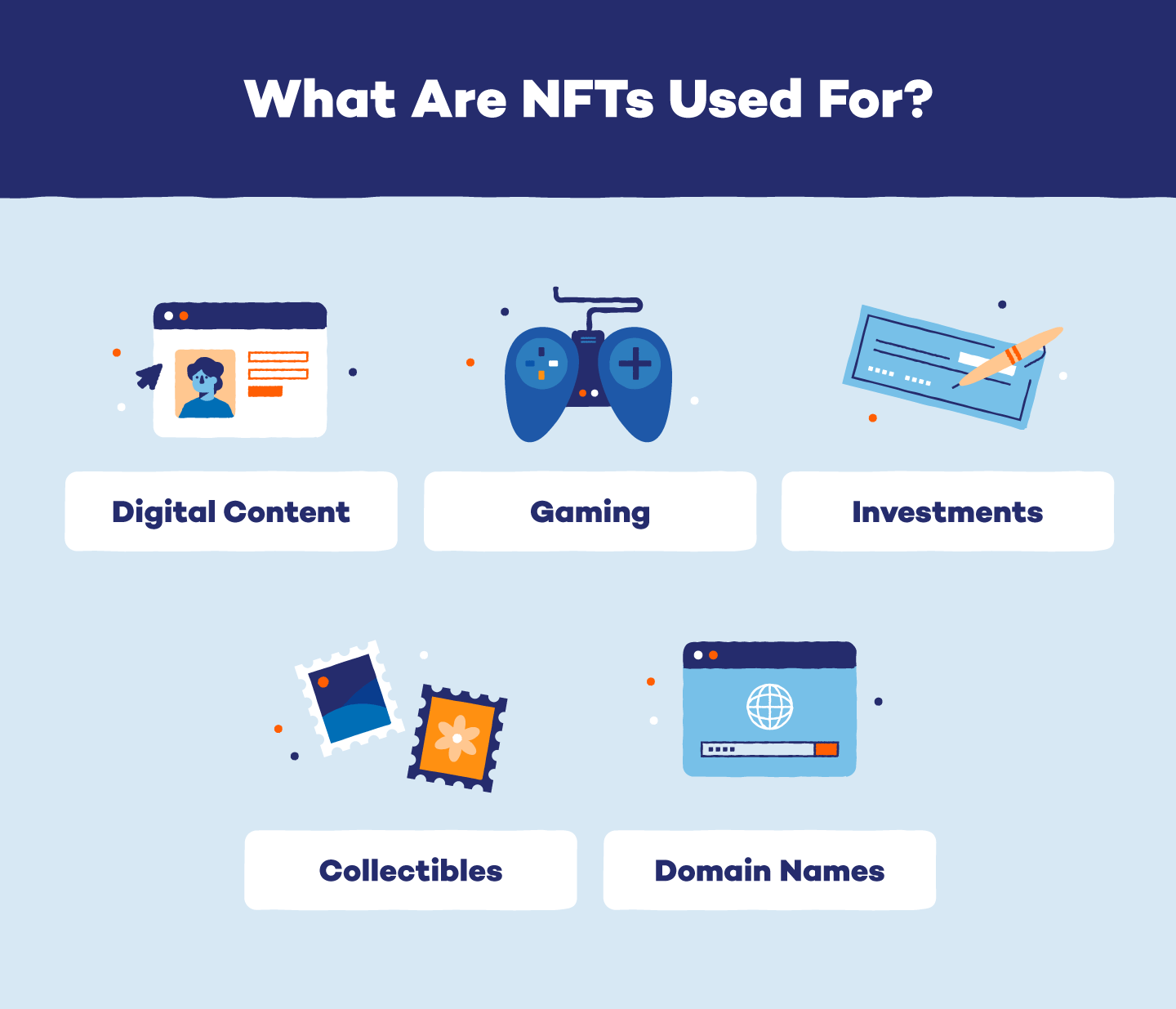
How To Buy and Sell NFTs
Anyone can buy and sell non-fungible tokens and the artwork associated with them. Before you jump into the crypto market, it’s important to remember that:
- The value of cryptocurrencies and NFTs fluctuate with the market. Your items may lose or gain value over time.
- Your digital wallet is just like a real one — if it gets stolen or is compromised by hackers, your NFTs and stored crypto can be stolen.
It only takes two steps to start buying and selling NFTs:
Step 1. Select and set up a crypto wallet — also known as a digital wallet — that holds the type of cryptocurrency you need to purchase the NFTs you’re interested in. This will most likely need to be a wallet designed for Ethereum or Bitcoin.
Some of the best crypto wallets include:
- MetaMask: MetaMask is highly considered the most popular NFT crypto wallet and is trusted by more than 30 million users.
- Coinbase Wallet: Coinbase Wallet allows users to store NFTs and crypto and explore the decentralized web from a desktop or mobile device.
- Trust Wallet: Trust Wallet is a secure crypto wallet used by 25 million users.
Step 2. Start buying, selling, and trading NFTs using one of the many NFT marketplaces. Some of these marketplaces are similar to online auction markets where you can bid on NFTs, while others simply allow you to purchase a non-fungible token for a set price.
Popular NFT marketplaces include:
- OpenSea
- Rarible
- Foundation
- NBA Top Shot
- Nifty Gateway
NFT Examples
NFTs are new and exciting, but it can be difficult to figure out exactly what an NFT is or isn’t. As the market continues to explode, so do the digital assets that sell as non-fungible tokens. Check out these NFT examples to see just how pop culture, art and NFT investors influence the digital assets that sell for millions of dollars.
Nyan Cat
Perhaps one of the most famous examples of an NFT is Nyan Cat. Nyan Cat originated as a meme in the early 2010s, but the artist remastered the original cat into a one-of-a-kind NFT in 2021.
The buyer of the Nyan Cat NFT spent 300 Ethereum coins – worth approximately $600,000. Now, they can claim ownership of the original image, sell it or trade it.
Cryptokitties
As one of the first blockchain games, Cryptokitties allows owners to buy and sell cats, as well as breed their own. Owners can also create collections and work on puzzles with other cryptokitties owners. The creator of Cryptokitties has even created a KittyVerse for users to explore and play games in.
Bored Ape Yacht Club
As one of the most popular NFT collections, the Bored Ape Yacht Club NFTs are purchasable images that also double as a membership to an online club. These 10,000 NFTs are available to purchase at 0.08 ETH, which is around $100. In addition to club and member benefits, these NFTs can be used as avatars and displayed as digital art.
The Merge by Pak
The Merge, an original collection of work by artist Pak, sold in December 2021 for a total of $91.8 million. More than 28,000 collectors took part in this monumental sale, making it the highest price an NFT by a living artist has sold for.
As the digital sphere continues to increase in popularity, NFTs will grow in value and regard. Protect your investments and payments with premium defense services, or use free antivirus software and VPNs if you’re considering entering the world of NFTs.
Resources: Investopedia | Ethereum | IBM | Money

